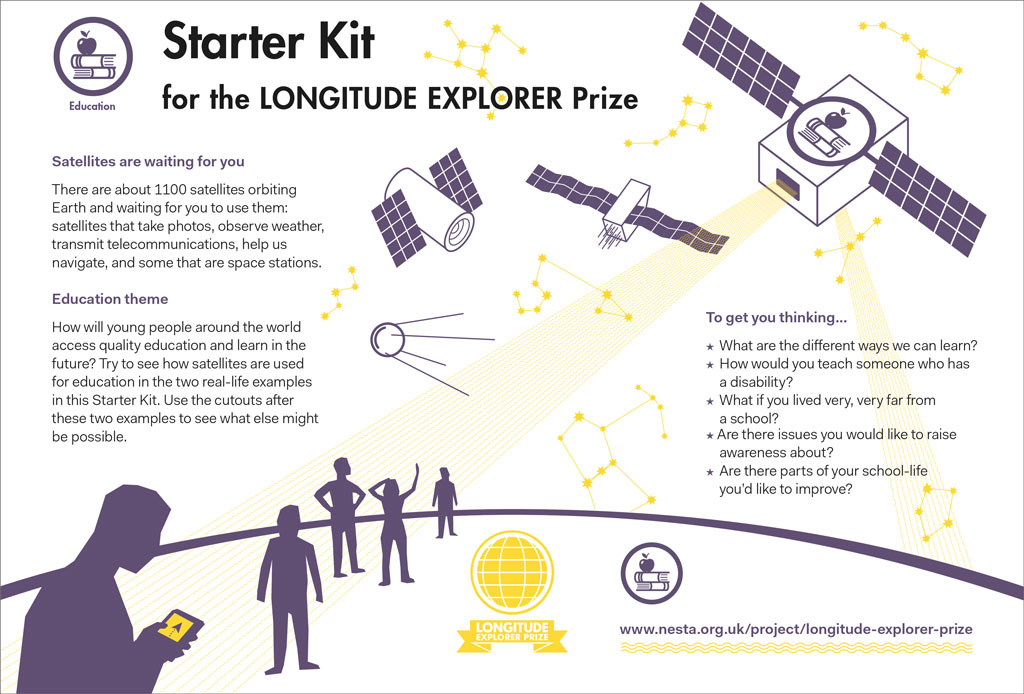This is Part 2 of our report from the Communicating Across the Cosmos workshop on interstellar message composition held at the SETI Institute in Mountain View, California, November 10–11th, 2014. You can read Part 1 here.
Douglas Vakoch, who leads SETI’s efforts in interstellar message composition, opened the workshop by setting an ambitious goal: we will ‘grapple with the challenges of creating messages that could be understandable by an independently evolved civilisation living around a distant star’. To address this problem comprehensively we had a very wide spectrum of earthly fields of study and practice represented by workshop participants. Together with my colleague speakers we covered the domains of: anthropology, archaeology, history, linguistics, semiotics, psychology, philosophy, artificial intelligence, engineering, mathematics, chemistry, astronomy, journalism, art, and design.
Since the formulation of the Drake Equation in 1961 there has been a lot of progress in CETI endeavours, but some aspects of it have fallen short. Today, our equipment is a trillion times better and more sensitive than fifty years ago, whereas our message designs have improved only slightly. Also the Drake Equation, which has guided most of the modern work in CETI, still contains factors that need to be better understood. While the earlier terms of the Equation are rather well defined and today we are even confident to place a number on the rate of star formation (R), number of planetary systems (fp), or the number of planets that can support life as we know it (ne), little progress has been made in exploring the later terms of the Equation — the longevity of civilisations (L), the number of planets that are home to intelligent forms of life (fi), or the number of those that develop abilities to communicate signs of their existence (fc).
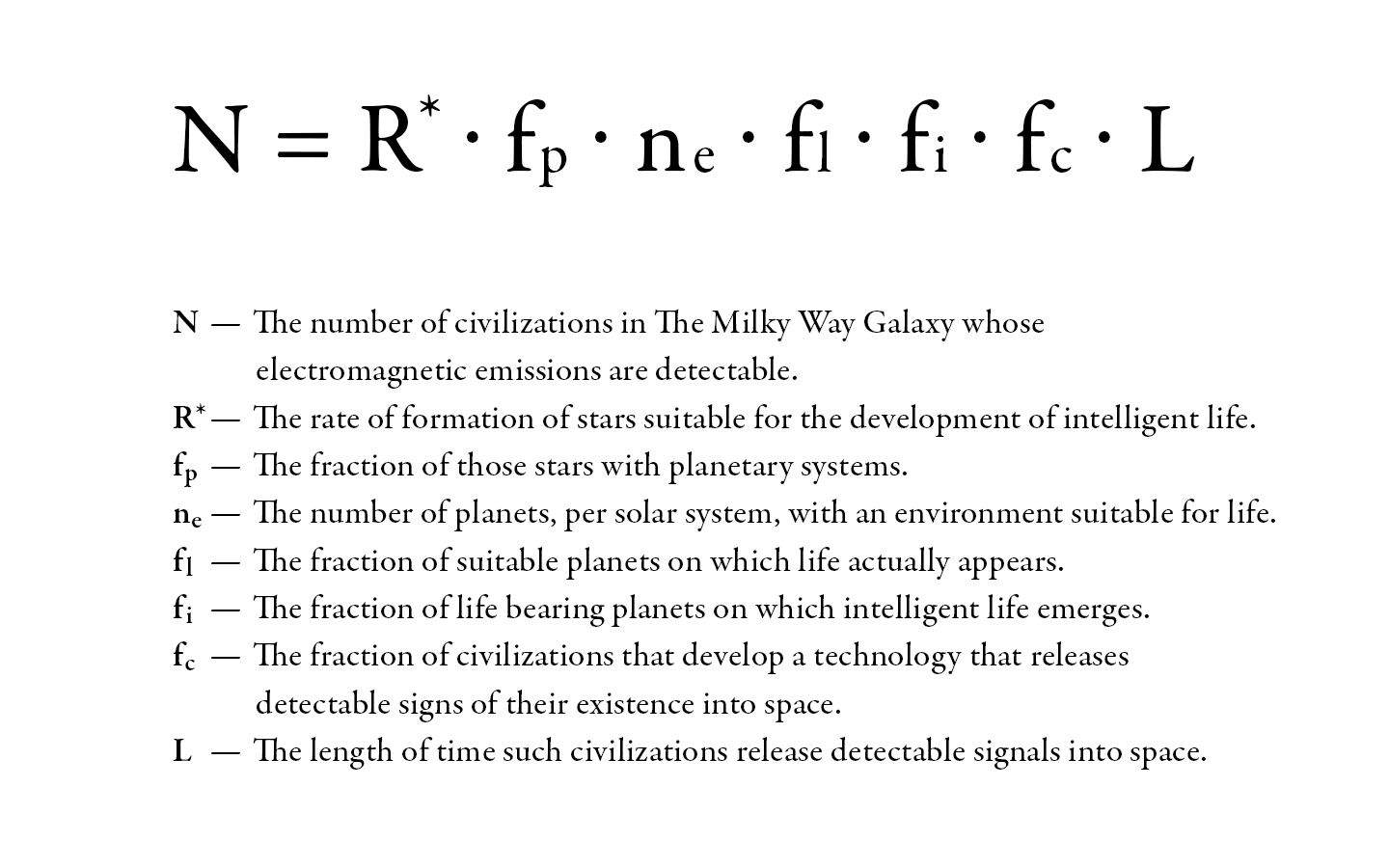
Therefore, the main focus of our ‘Communicating Across the Cosmos’ workshop was to explore the fc term of the Drake Equation in its broader cultural dimensions and requirements.
During the two days of the workshop we heard 16 presentations, each discussing the possibility of communicating with an extraterrestrial civilisation from a different perspective.
Psychologist Albert Harrison emphasised cosmic timeframes for interstellar communication. If we ever receive a reply to our message sent to a planet hundreds of light years away from Earth, it might be difficult to understand it even if they respond in English. This is because our own culture will change over a few centuries and future generations might not comprehend the meaning or point of our conversation any more. Thus, communicating across space is also inevitably communicating across time. Harrison explored time capsules to see how messages can be exchanged between generations. Interestingly, the most frequent reason time capsules fail is because people simply forget about them!
Cultural anthropologist Klara Anna Capova warned about projecting various human biases on interstellar communication. Our messages thus far were either politically charged (the Soviet ‘MIR, LENIN, SSSR’ message), heavily biased by the Western culture (in its representation of humans, the Pioneer plaque — below — disregards pregnant women, overweight populations, matriarchal societies or people of different ages), or simply embarrassing. Capova observed that when imagining the others we actually ‘make’ the others, and to do that we use ourselves as a model, because we know only one instance of intelligent civilisation in the universe — humans.
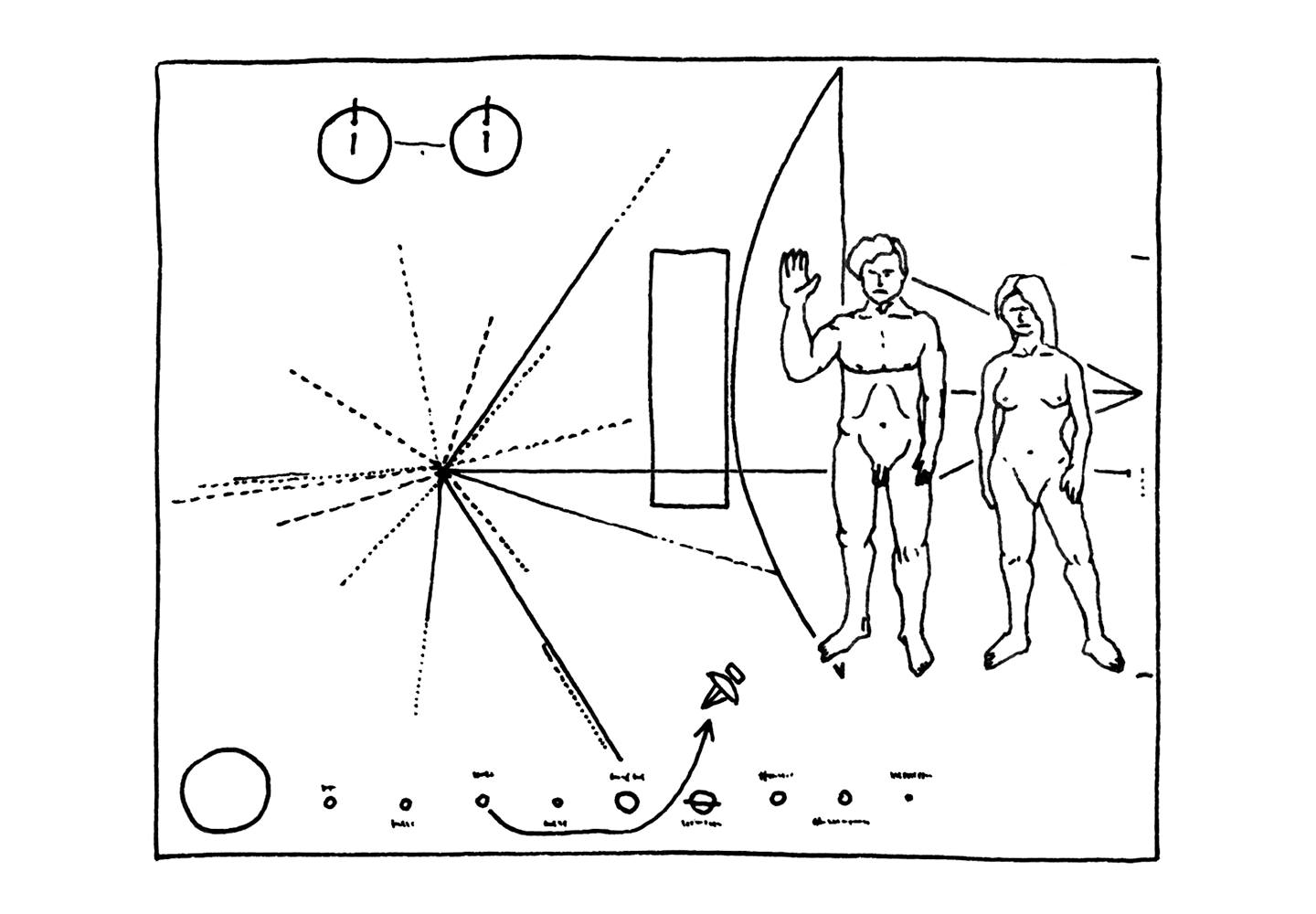
SETI senior astronomer Seth Shostak reminded everyone that Earth became a source of observable radio emissions a long time ago. So if we are worried about being tracked down by a hostile alien race, we should stop using all radio and forever. Otherwise, we may consider two practical options for interstellar messages. The first is to send simple pings. Pings can be transmitted non-stop and cover the entire sky, but lack more elaborate content than a mere indication of Earth’s presence and position. Another option is to send whole libraries of knowledge that humanity possesses with no discrimination between different types of content. This approach could be used for targeted transmissions. In his conclusion, Shostak dismissed sending another ‘greetings card’ and provocatively recommended to send everything.
Paul Wason, whose background is in archaeology, expanded on Marshall McLuhan’s ‘medium is the message’ when discussing the three levels on which archaeologists consider how ancient monuments communicate to us across time. The first level is subtext — what we can infer about the monument’s authors without knowing what they were trying to say. The second level is message — assumptions about what they had in mind or what they wanted to say when building the monument. The third level is medium — the physical form of the monument that can provide information about its creators without access to their thought. This led Wason to suggest that we need some kind of a Rosetta stone for communication with extraterrestrials. Consequently, he also posed the question of whether there is anything on Earth that all humans would understand, regardless of culture, language or context?
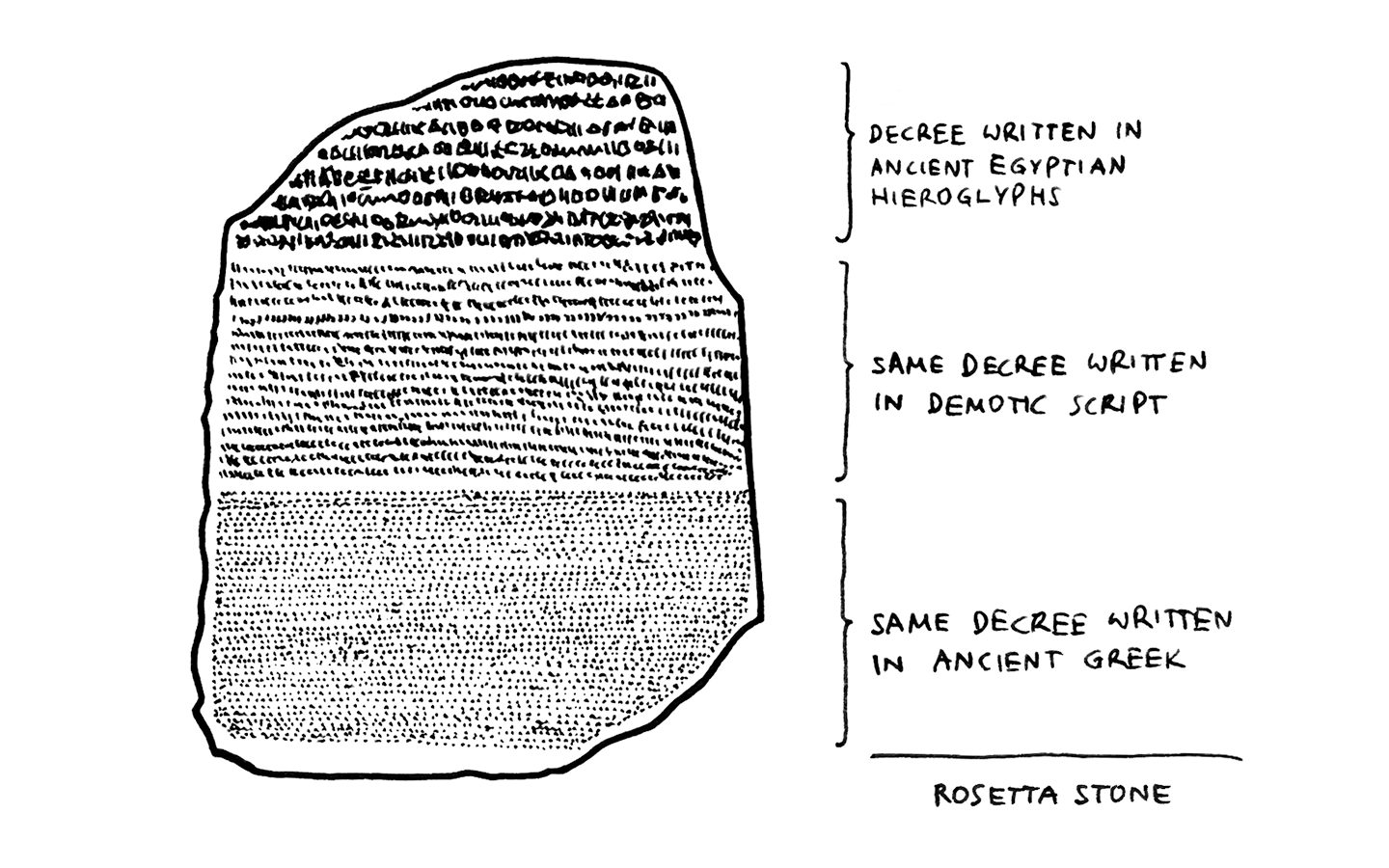
Artificial intelligence scientist Kim Binsted dismissed all communication strategies based on natural, formal, or visual languages — they cannot work because they all require some amount of shared knowledge and we do not know what this shared knowledge with extraterrestrials might be. Binsted described a Venn diagram that she did not know how to draw but which should include things that we know, things that they know, as well as shared knowledge that we could use to construct a pidgin language. Binsted echoed Wason in a call to construct a Rosetta stone, but also wondered, whether it could talk about anything else except physics, which is most likely the only knowledge that we might share with extraterrestrials.
Artist Carrie Paterson was quick to respond to Binsted’s call by arguing that we need new channels for multi-sensorial communication in order to be able to express much more than what a technical binary communication allows for. Paterson envisaged that messages and experiences could be sent using light or chemistry, and emitting such chemical signals could communicate our understanding of the physical universe to extraterrestrial beings with whom we share the chemical cosmos. Might chemistry be that shared knowledge that we could use as a Rosetta stone for interstellar communication?
In my own presentation delivered at the workshop I tried to expand on the fc factor of the Drake Equation by hijacking terrestrial models of communication and looking for inspiration in factual and fictional instances of CETI. I also presented a few ideas that we discussed at Science Practice before taking them to California. I will outline them in detail in the upcoming post, the final one in this ‘Communicating Across the Cosmos’ series.
We are very pleased to welcome the fifth team member and the first scientist and engineer to Science Practice – Dr Tempest van Schaik. Tempest has just completed her PhD in Bioengineering at Imperial College and we are thrilled that she is bringing with her a variety of new skills as well as an insider’s perspective to our projects. I will let Tempest introduce herself below. – JK
Hi, my name is Tempest and I'm an engineer with a creative side.
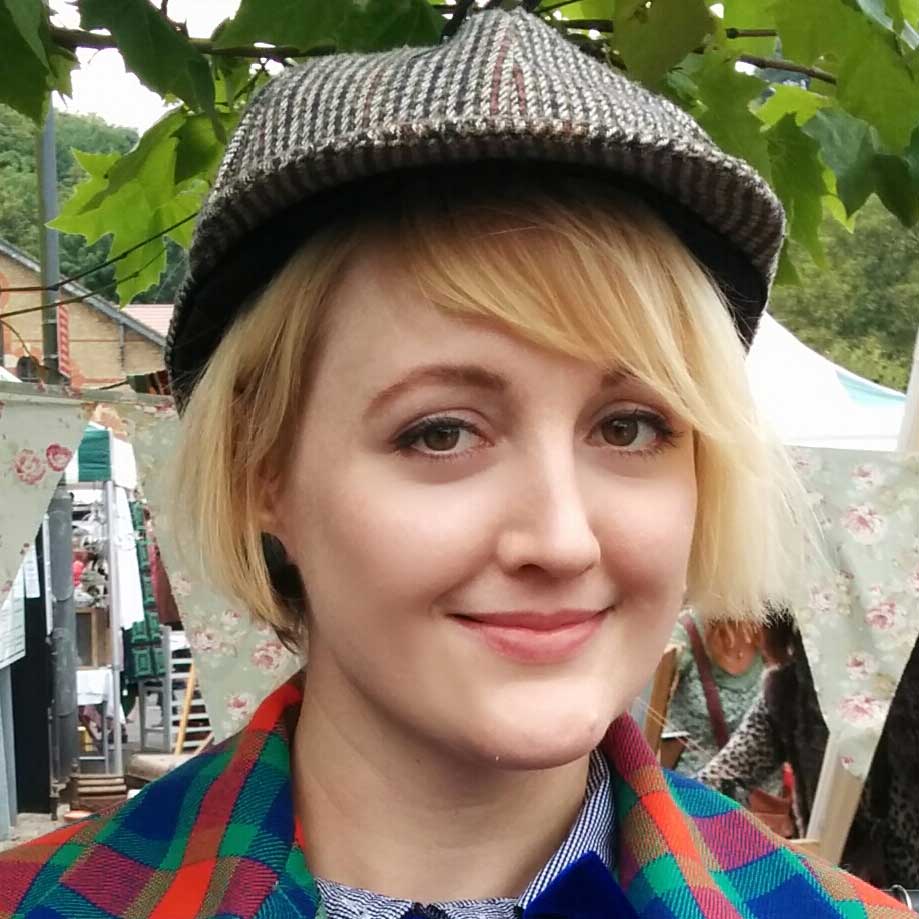
I'm South African and attended Wits University where I did a degree in Biomedical Engineering. I spent about half my time in the Engineering Faculty tinkering with robots and the other half at the medical school where I learnt to cut out a human brain. After that degree I got a second undergraduate degree in the more traditional Electrical Engineering. I then moved to London to do my PhD in Bioengineering at Imperial College where I worked on a thesis called Electrochemical Sensors For Biomedical Applications which involved growing cells on gold chips to study cancer.
So how did I end up at a company like Science Practice? As the daughter of an artist I grew up on a diet of art and crafts, did equally well at art and science at school and very nearly studied art at university. But instead I decided to pursue art in my own time and in parallel with my studies I produced art, design, illustration and photography for competitions, collaborations and freelance projects.
After keeping my scientific and creative pursuits separate for so long I was determined to find a way to combine them, so I was really fortunate to come across Science Practice. In my role as Scientist, I’m currently exploring what the clinic of the future might look like, and am particularly interested in future diagnostics, organ-on-a-chip technology and low-cost microfluidics (which will feature in an upcoming blog post). I’ve started hoarding materials and hope to help establish a workshop/lab/hackspace in our studio. The range of scientific topics I’ve been researching has been so varied that I now know about negligible senescence, gregarious locusts, transhumanism, the graveyard orbit and 3D-printing Nutella. My favourite thing about Science Practice so far? A mutual appreciation of science fiction and the fact that no idea is too weird. Liver-shaped pillows, messages for aliens, mind-controlled protein production and aspic loaf are equally fascinating topics that can be earnestly explored.
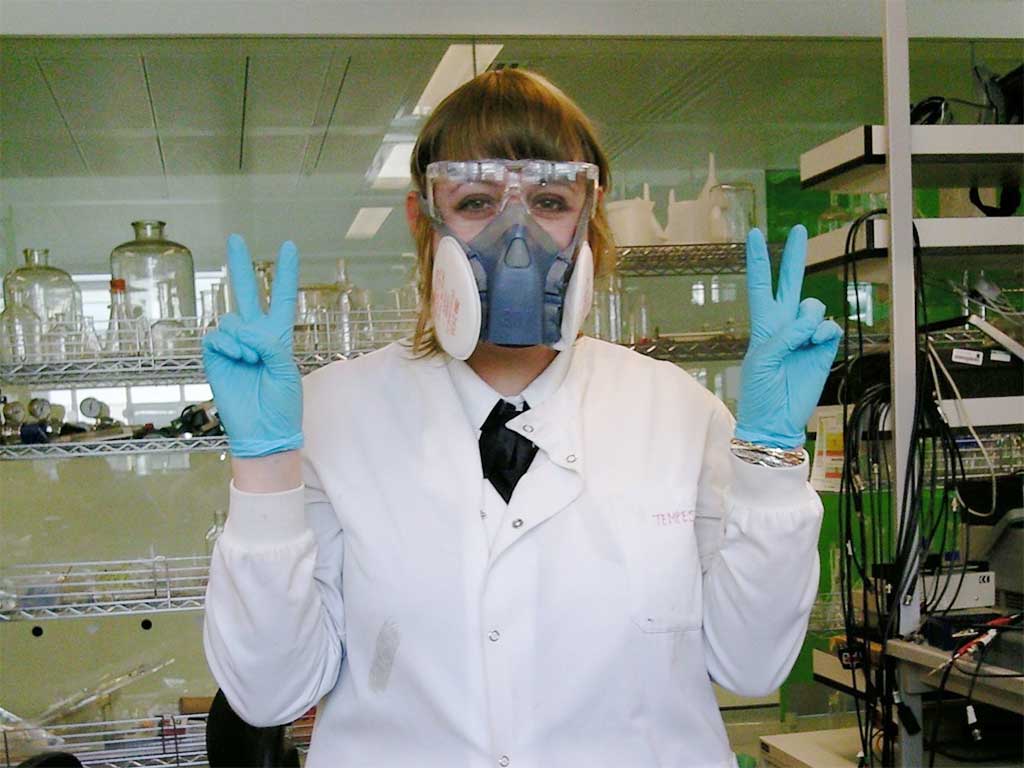
Nesta have recently launched the kids version of Longitude, their £10 million science challenge prize. The Longitude Explorer Prize challenges 11-16 year olds to come up with ideas that use data from satellites for social good, with £25 000 for the winners. Just like the Longitude prize which originally outlined 6 of the major scientific challenges of our day, from antibiotic resistance to clean water, Longitude Explorer has 6 teams for kids: Friends and Family, Personal Safety, Environment, Education, Transport, and Healthy and Active Lifestyles.
Nesta had teachers’ guides and lesson plans, but needed some material aimed at kids which would engage and inspire them to harness the power of satellites. We wanted a low barrier to entry to getting involved, but without shielding inquisitive young minds from stimulating details about the data. We created a classroom worksheet with 2 real-life examples for each of the 6 teams showing how satellite data like GPS coordinates, aerial photos, and vegetation maps are used. One of our favourite examples was Trash Tracker (for the Education team), where rubbish is GPS tracked across the country, in an effort to teach us as much about the “removal chain” as we know about the supply chain. Another was Figure Running (for the Healthy and Active Lifestyles team) where people use their jogging route to create giant line drawings on maps.
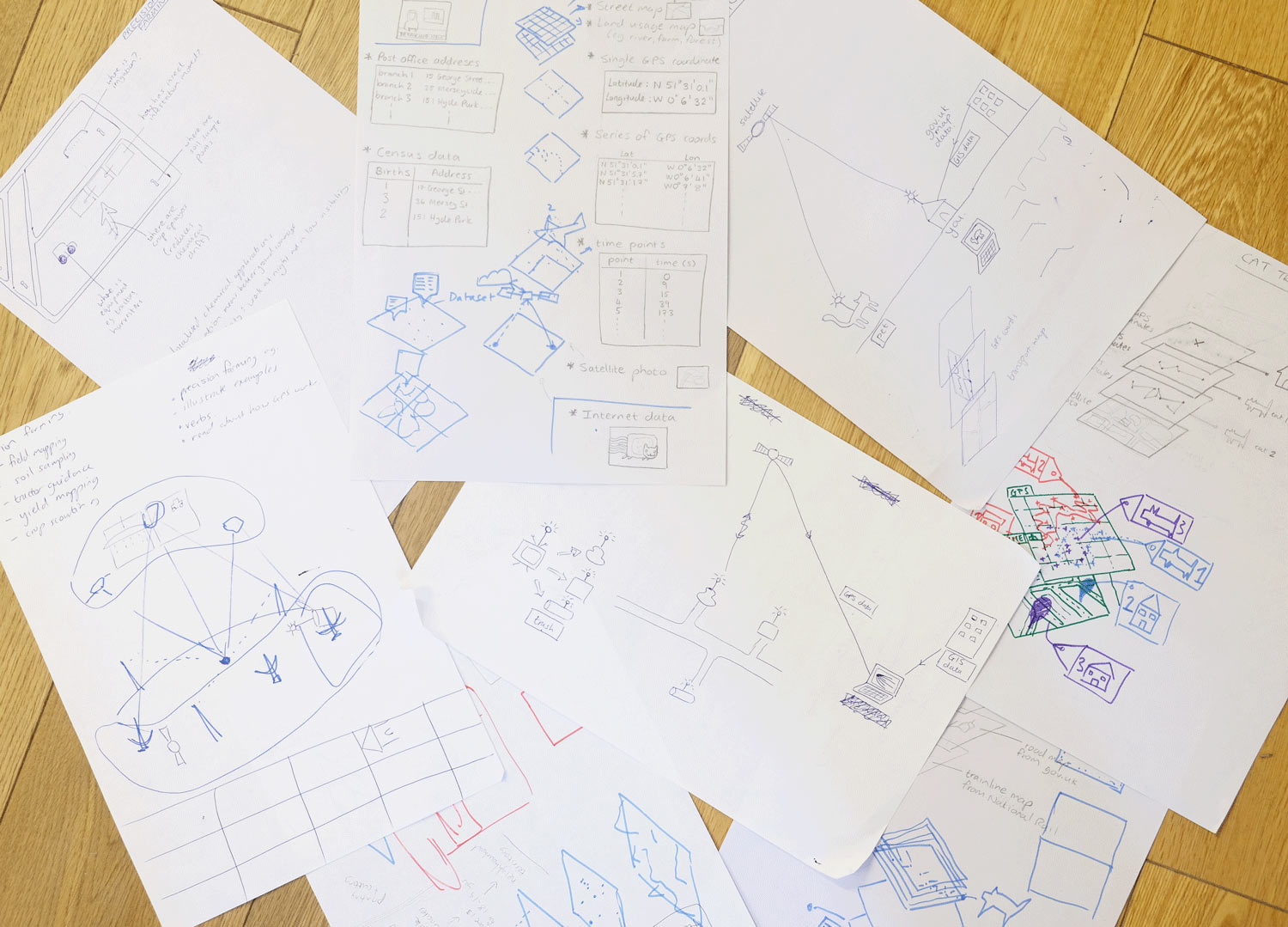
Design process
We tried to make each example understandable by showing how it is built up from simple components of satellite data. After kids see how to break down each example, they get a chance to cut out their own components to arrange and play with, hopefully inspiring some winning ideas. Our Starter Kit for kids is available on the Explorer website.
Front cover of starter kit
As an employee of Science Practice it has never been easy to explain to people I meet at dinner parties what I do at work. This is particularly true when trying to describe the work we’ve been doing this year to support Nesta on the Longitude Prize 2014. It takes quite a bit of explaining to make someone understand what “design-led research for challenge prizes” means. Last week however, I attended the Challenges of our Era Summit organised by Nesta, which tackled precisely this topic: what are challenge prizes and what does it take to design one well?
The event was packed with distinguished speakers such as Astronomer Royal Lord Martin Rees, Naveen Jain - Serial Entrepreneur and Philanthropist, Esther Dyson - Angel Investor, Philanthropist and Founder of HiCCup, Anne Jellema - Chief Executive at World Wide Web Foundation, and surprise guest, will.i.am. Here are my reflections from the day.
‘No two challenge prizes are the same.’
— Jenn Gustetic, Open Innovation
Imagine I just bumped into you at a dinner party - here’s how challenge prizes work: a significant global problem is identified and formally publicised as a challenge, with a reward for the person or organisation who can find the first or best solution.
This is a simple idea, and because our world is riddled with problems such as overpopulation, global warming, growing extinction rates, or gender inequality, there should be plenty of opportunity to stage challenge prizes. Yet deciding on how to define these problems and how to shape a challenge prize around them demands careful reflection.
Take one of the problems up for discussion at the Summit - Access to a Connected World. There are many ways of approaching this challenge. One way might encourage the development of a cheaper global infrastructure, while another might focus on improving digital literacy. Although attempting to solve the same problem, these two challenge prizes would lead to significantly different solutions. Deciding on how to define a problem so that proposed solutions can have the greatest positive impact takes time, skill, and practice.
‘Challenge prizes are 10% strategy and 90% execution.’
— Geoff Mulgan, Nesta
Defining the problem to be solved is an essential first step in designing a challenge prize. But a lot of additional work builds on this. One of the calls of the Summit was to push conversations around challenge prizes beyond this problem definition phase and explore best practices in developing and executing challenge prizes. What are the most effective ways of engaging people in the prizes, how to foster collaboration, what kind of support to offer competitors, how to effectively communicate the prize? These are all important questions that need to be addressed as they form an integral part of the structure of a good challenge prize.
‘An abundance of ideas, but a scarcity of action.’
— Esther Dyson, HiCCup
Challenge prizes are not only about capturing people’s imagination and encouraging innovation. They are also about transforming these ideas into scalable and impactful solutions. Greater attention needs to be paid to the quality and impact of the solutions emerging from challenge prizes, and the support they receive during the competition as well as beyond it. A more pragmatic conversation needs to be had about the ability of these ideas to scale up, to enter the market and actually make a positive impact.
‘Longitude Prize?… Tell me more about it.’
will.i.am made a strong point about the ability of a clear message to inspire and motivate people. Although he was talking about his work through the i.am.angel foundation which encourages kids from difficult backgrounds to stay in school, this lesson could also be applied when communicating challenge prizes.
A challenge prize should be able to translate the complexity of a problem into a simple and engaging narrative. This would not only help attract participants in the search for a solution, but it could also open up a broader dialogue around existing barriers and opportunities.
‘There is no magic wand.’
— John Elkington, Volans
A well-designed challenge prize should be simple to communicate, but attaining this simplicity requires skill and careful consideration.
In the afternoon workshops, participants were asked to come up with a statement - or goal, for a potential challenge prize. One of the steps in this process was to imagine what the world would look like if we had a magic wand that could miraculously solve the challenge. Although imaginative, such simplifications can be problematic when discussing challenge prizes as they may lead to unrealistic expectations about their impact.
Challenge prizes are not magic wands. They can’t guarantee the emergence of a solution or the positive impact it will have at a global scale. The added value of a challenge prize lies in its ability to synthesise a problem and clearly iterate the goal that needs to be attained. Achieving this without trivialising the challenge is a significant task, but a necessary one if progress is to be made towards a solution.
IEEEVis 2014 feels like months ago, but hopefully we’re not too late to add our favourite moments, ideas and soybots to the list. So here goes - in no particular order:
-
Bertin’s Exhibition: Looking at the influence the French cartographer Jacques Bertin had on the visualisation community, the exhibit included some fascinating displays of his work on reorderable and physical matrices. A nice reminder of the beauty of slow data in a world obsessed with big data.
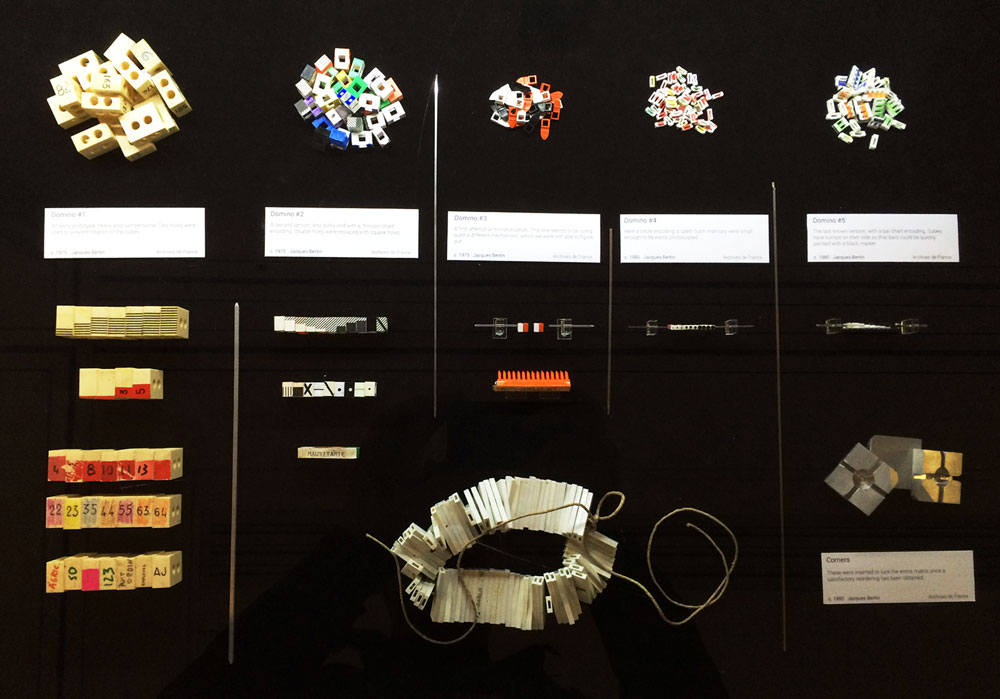
-
Data with a cause - Visualization for policy change: What do the OECD, World Bank, and World Economic Forum have in common? A wealth of data and a massive challenge in presenting it in a meaningful way to a growing number of audiences. Reports are approaching their redundancy date, while spreadsheets are misleading by failing to accurately present the source and collection method behind the numbers. Most interesting though was the Q&A session where questions around the ethical considerations behind visualisations such as country ratings were raised, as well as the challenge of representing suppressed or ‘dark data’. An example of how the OECD are making their data more engaging was the OECD Better Life Index, which made an appearance in several talks throughout the week.
-
PhysicSpace: Looking at projects blending art and visualisations, the VIS Arts Program had some really interesting examples of initiatives in this space. One of these was PhysicSpace, a project where MA students from the RCA worked together with PhD students from Imperial College London to communicate quantum physics concepts through a series of objects and experiences. Although the resulting pieces are very engaging and beautiful, it was the genuine collaboration that took place between the artists and the physicists and the desire to reach a mutual understanding that resonated with us. You can have a look at all the projects here.
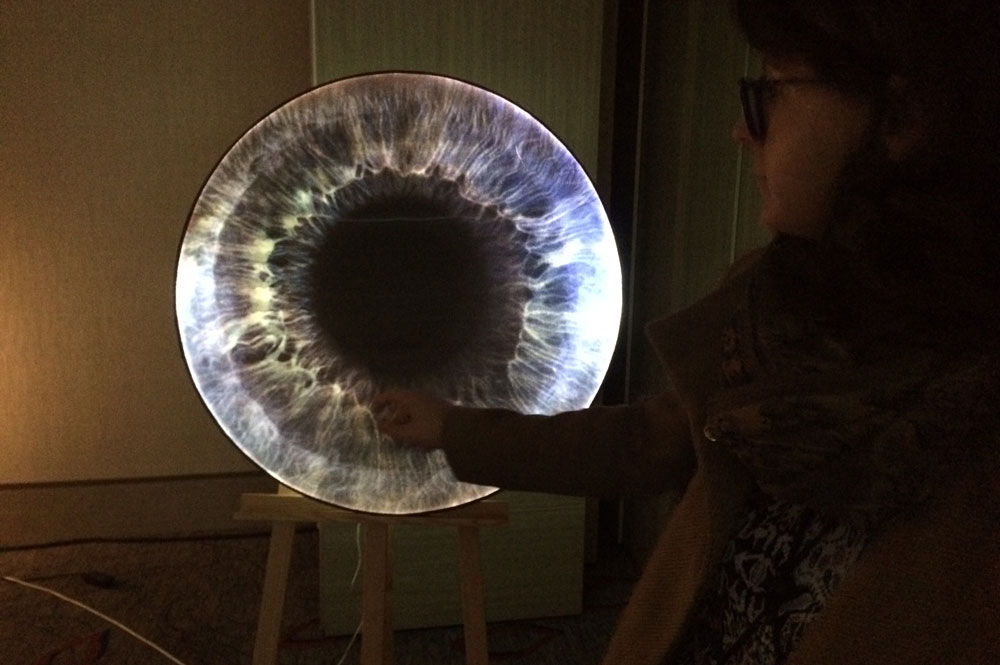
-
Soybots: While conference attendants were roaming the corridors of the Marriott in search for nurturing ideas and enlightening talks, Soybots - small robotic platforms fitted with potted soybean plants, were exploring the corridors in search for optimal light conditions for plant growth. A moving way of visualising the energy demands of a plant - whether this energy is natural or electrical.
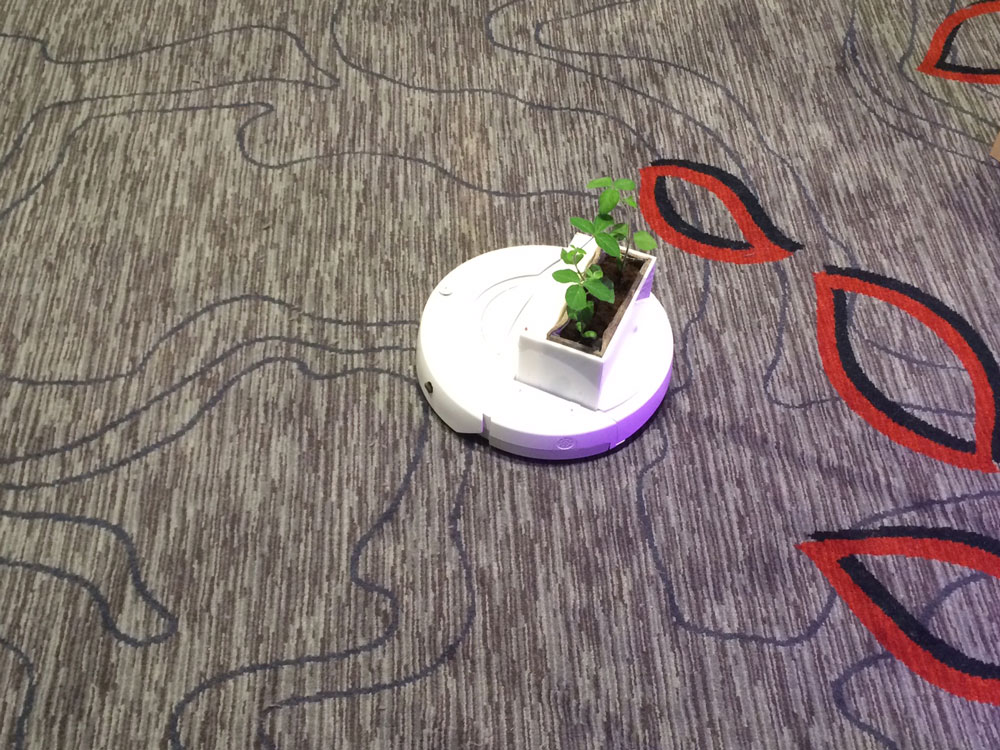
-
Data for Good: Hackathons, open data and data science with an impact are still holding strong as conference buzzwords. A lot of the talks, especially their Q&A sessions, focused not just on the resulting visualisations, but on the nature of the data they were build on. Where did it come from? Who collected it? What impact will its visualisation have? Data for Good came up as an interesting example of a simple platform that lists socially beneficial data science projects. Their idea is to share ideas and encourage the replication of projects across communities.
-
‘Hipster stack’: Ironically, we went all the way from Shoreditch to Paris to find out there is such a thing called a ‘hipster stack’. Moritz Stefaner and Dominikus Baur ran a really interesting (and very busy) tutorial about how to make successful web-based visualisations. This included an in-depth description of a ‘hipster stack’, or the development tools they frequently use: SASS, Coffeescript, Grunt, Bower, Github. There were also a lot of helpful insights about using frameworks for deep-linking, improving graphic performance and javascript weirdness.
To wrap things up, here are our Top 3 ‘Overheard at IEEEVis 2014’:
- ‘If you torture the data enough, it will tell you anything.’
- ‘Good answers lead to more good questions.’
- ‘Focus on data driven questions, not data driven answers.’

